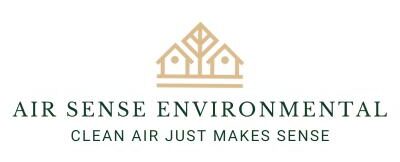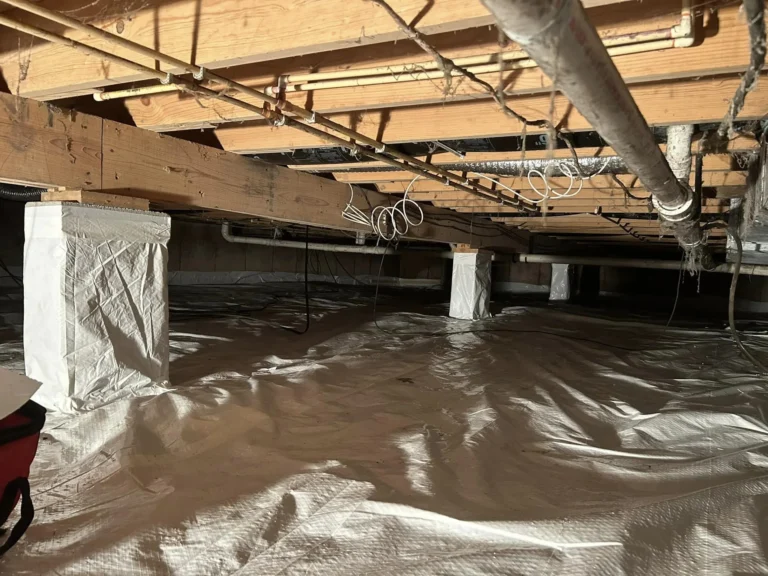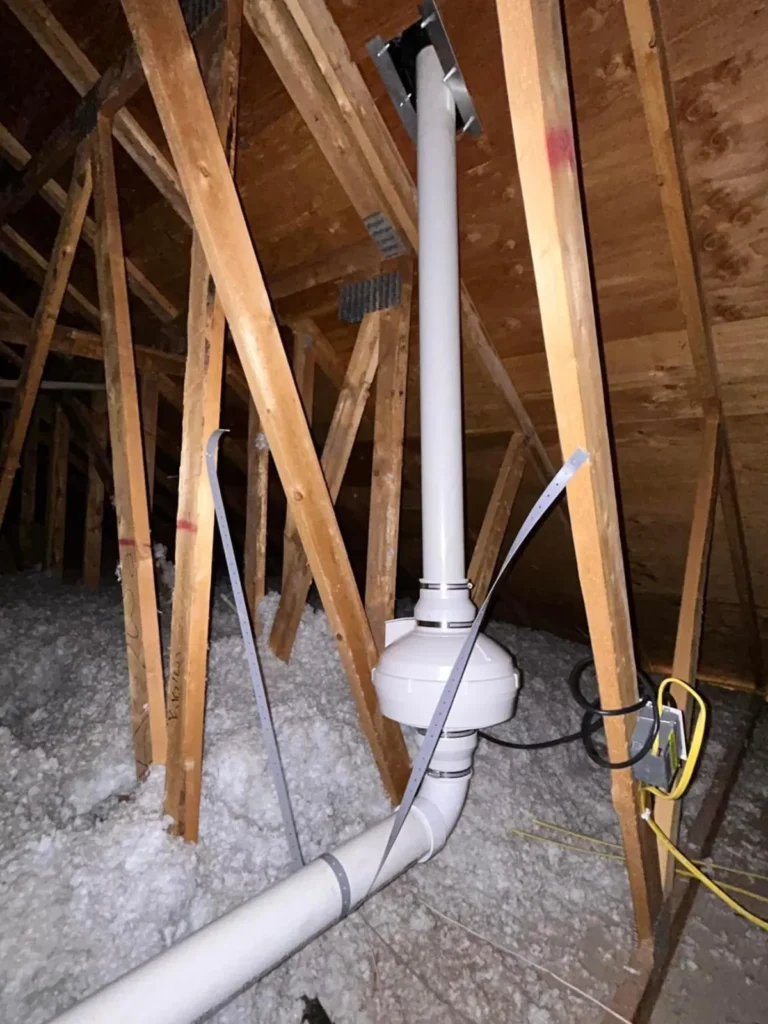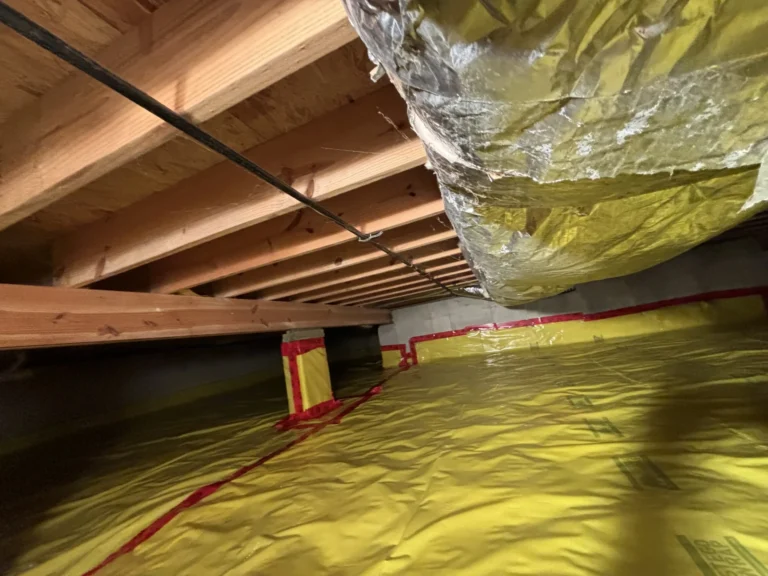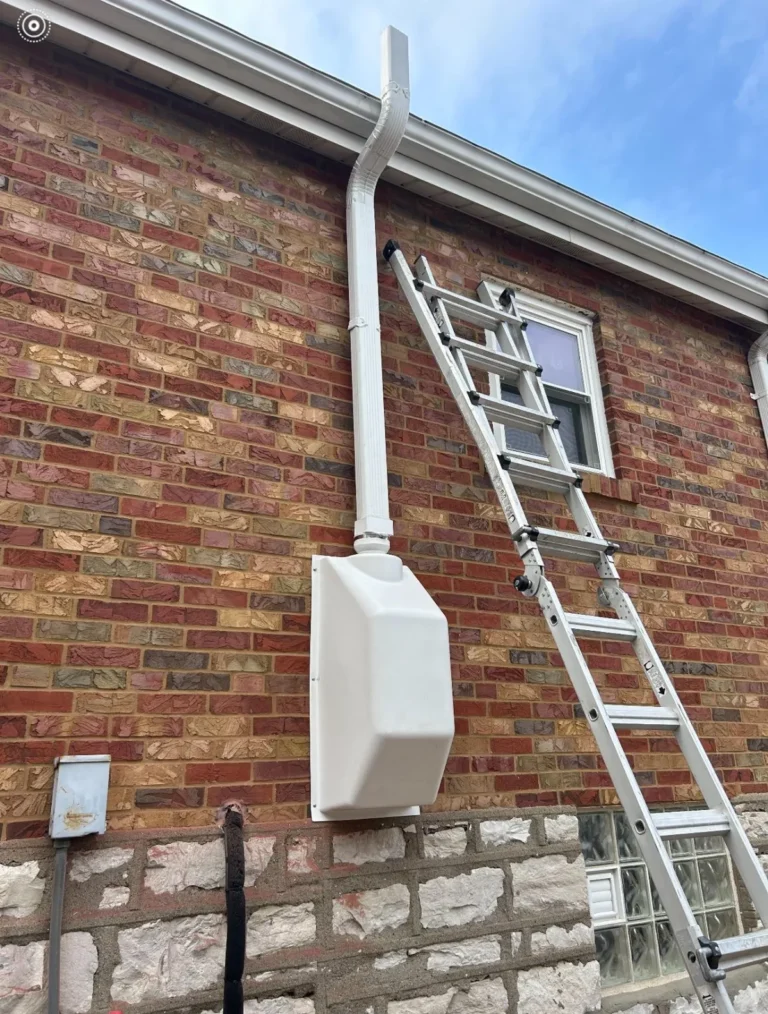The Cost of Radon Mitigation In St. Louis: 2024 Edition
Radon mitigation refers to the process of reducing the concentration of radon gas in buildings, particularly in residential homes or commercial buildings. Radon is a radioactive gas that naturally occurs from the decay of uranium in soil and rock. It is colorless, odorless, and tasteless, making it undetectable without specialized equipment.
Exposure to high levels of radon gas over time can pose serious health risks, as it is the second leading cause of lung cancer behind smoking. Radon can seep into buildings through cracks in the foundation, gaps around pipes, and other openings, accumulating indoors where it can reach hazardous levels.
Cost of Radon Mitigation
The cost of radon mitigation can vary depending on various factors such as the size and layout of the building, the severity of the radon problem, the chosen mitigation method, and the region where the building is located. The most typical cost of radon mitigation in the United States ranges anywhere between $700 to $4000, with an average cost falling around $1200 to $1500.
However, these figures keep on changing depending on factors like inflation, changes in technology, and shifts in market demand. For the most accurate information on radon mitigation costs, it is recommended to contact your local radon mitigation professionals an estimates tailored to your specific situation. They can provide you with a more precise cost based on factors relevant to your property and location.
Radon Mitigation Cost & Types Of Systems
Active Suction Soil Depressurization: ($1,000 – $3,000)
Active suction soil depressurization, also known as sub-slab depressurization, is a highly effective and most common method that involves installing a radon pipe and an active radon fan onto the house. The gases are pulled from beneath the foundation and exhausted to a safe elevated area above the home and into the atmosphere.
Wall-Based Systems: ($500 – $3,000)
Wall-based systems involve installing ventilation or depressurization systems along the walls of the building to prevent radon infiltration. This method is common among older homes with block foundations.
Passive Depressurization: ($500 – $2,500)
Passive depressurization is similar to active suction soil depressurization but does not involve a fan. Instead, it relies on natural pressure differentials to draw radon out of the soil and vent it outside. It is not effective in case of high radon levels and is most common in new construction homes. Illinois law requires a passive system to be installed in all new construction. With a passive system in place, it makes activating the system a lot better for the radon professional when they go to activate the system with a powered fan.
Crawl Space Encapsulation: ($500 – $5,000)
Similar to the active depressurization method listed above, crawl spaces are unique when it comes to mitigating radon. The exposed soil of the crawl space must be encapsulated with a vapor barrier and at least 12″ of the foundation walls. Once encapsulated, a radon fan and exhaust pipe are installed to depressurize the encapsulation area and pull the radon gas from under the vapor barrier under the home, to a safe discharge location outside of the residence. This method is very labor intensive and is usually charged by the sq/ft due to the amount of material and time it will take to install. (see picture below)
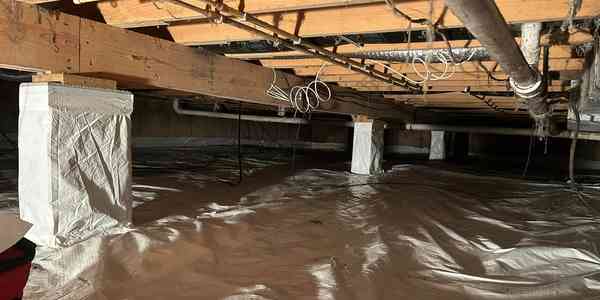
Other Factors Influencing The Cost Of A Radon Mitigation System Include
Size and Layout of the Building: Larger buildings or those with complex layouts may require more extensive mitigation systems, affecting the overall cost.
Foundation Type: The type of foundation (e.g., slab-on-grade, basement, crawl space) can impact the complexity of the mitigation system needed, thereby influencing costs.
Radon Levels: Higher radon levels may necessitate more advanced mitigation systems, which can affect the overall cost of installation and ongoing maintenance.
Local Labor Rates: Labor costs vary by location, so areas with higher labor rates typically have higher overall costs for radon mitigation system installation.
Type of Mitigation System: Different mitigation techniques (e.g., sub-slab depressurization, crawl space encapsulation, ventilation) have varying costs associated with equipment, materials, and labor.
Extent of Sealing Required: Sealing cracks and openings in the foundation to prevent radon entry may add to the overall cost, especially if extensive sealing is needed.
Regulatory Compliance: Compliance with local building codes and regulations may require additional measures or inspections, potentially increasing costs.
Warranty and Maintenance: Opting for systems with longer warranties or ongoing maintenance plans can affect upfront and long-term costs.
Contractor Experience and Reputation: Experienced and reputable contractors may charge higher prices for their services, but they often provide higher quality workmanship and reliability.
Additional Features: Optional features such as continuous monitoring systems or aesthetic considerations can increase the overall cost of the mitigation system.
How to find a radon mitigation contractor
To find a radon mitigation contractor, seek referrals, check online directories, and verify certifications from organizations like NRPP or AARST. Ensure the contractor offers a thorough evaluation, tailored mitigation plan, and fair pricing. Validate their credentials and request references before finalizing your choice.
Bottom line
In conclusion, understanding the essentials of a radon mitigation system is crucial for safeguarding homes and your family against the harmful effects of radon gas. From sub-slab depressurization to crawl space encapsulation, various methods exist to effectively reduce radon levels. Homeowners should prioritize regular radon testing, seek certified mitigation professionals, and invest in tailored mitigation plans to ensure long-term safety and peace of mind. By taking proactive measures and staying informed, individuals can create healthier living environments and mitigate the risks associated with radon exposure.
Interested In Radon Testing or Mitigation?
We appreciate you taking the time to read this weeks edition of The Radon Blog, powered by Air Sense Environmental. Have questions about radon testing or mitigation? Or maybe you are ready to schedule your radon test? Check us out below and let’s get to work on your home.
Curious how we combat radon? Check out our latest YouTube video on how we successfully tested and mitigated this St. Louis area home.
Air Sense Environmental Website
618-593-4815
